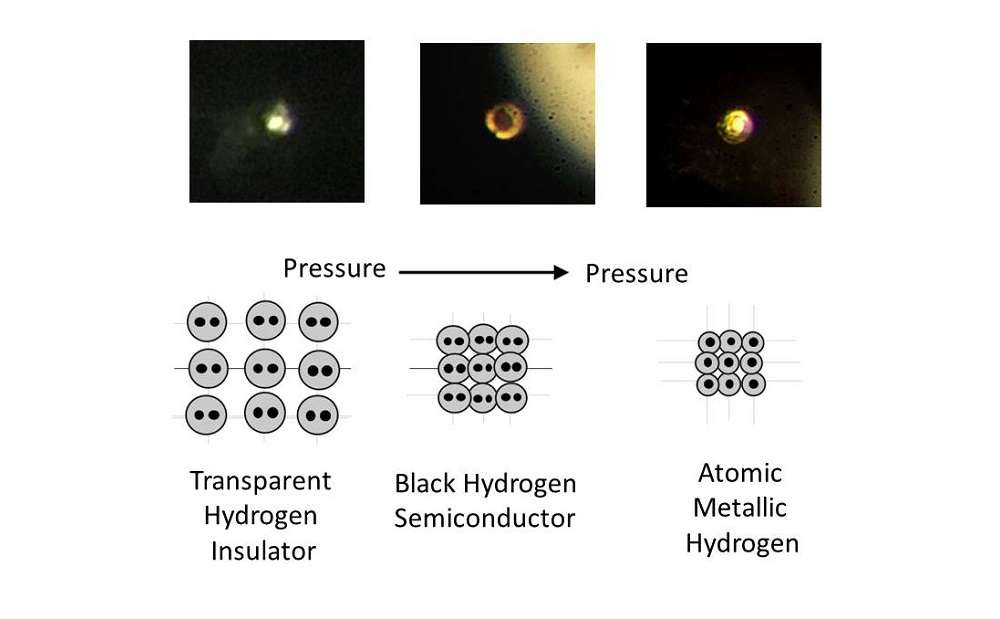Back in 1935, E. Wigner and H.B. Huntington made a theory about hydrogen that would later be regarded as the holy grail of high-pressure physics. The duo made a theory, or rather predicted that metallic hydrogen can be made by applying 250,000 atmospheric pressure.
Getting away from the geeky lingo swiftly, here is the deal. You see Hydrogen is the most abundant element in the universe and has multi-disciplinary impact. If we (humans) could have the ability to create a metallic hydrogen, it would be a milestone achievement.
Two Harvard University-based researchers, Dr Ranga Dias and Professor Isaac Silvera, might have just achieved that milestone. The duo claim to have successfully cooled down Hydrogen to 5.5 Kelvin (-268oC/-450oF) while at the same time compressing it to staggering pressure of up to 4.8 million atmospheres. A pressure that is about 20 times more than what the earlier proponents of the metallic Hydrogen (1935, E. Wigner and H.B. Huntington) had predicted.
Metallic Hydrogen is said to be metastable at room temperature after having undergone the pressurization process. That means, it can be used in nuclear fusion reactions. It is also said to be a high-temperature superconductor; something that would be a major scientific breakthrough if it lives up to these expectations.
The list of beneficiaries from metallic Hydrogen also included astronomers, given the core of Jupiter, Saturn, and other exoplanets have metallic hydrogen.
Prof. Silvera explained to IFLScience, “Metallic hydrogen was never made before because diamonds failed before a sufficiently high pressure was attained. We do not use natural diamonds but rather synthetics which are very homogenous, while naturals have inhomogeneities and internal defects and impurities.”
What does the typical hydrogen look like?
In its natural standard form, hydrogen exists as a molecular gas with atoms bound in pairs. Each pair of atoms share an electron with the other.
When the Harvard researchers placed 4.8 million atmospheres pressure on the hydrogen molecules, they began acting weird. At 3.2 million atmospheres the hydrogen turned opaque (and nicknamed black hydrogen) and a semiconductor. A further increase in pressure broke the molecular bonds and created the metallic hydrogen. In other words, the hydrogen gas turned into a metal, with all the properties of an atomic metal.

Molecular representation of Compressed Hydrogen from its usual transparent Gas to a black molecular metallic hydrogen. Credit: R. Dias and I.F. Silveria
The two researchers are convinced they have achieved turning hydrogen gas into metallic metal, although the team has not come out to confirm that experimentally. There are other experts and stakeholders who have already casted doubts if the two did indeed achieve the holy grail of high pressure physics that makes metallic hydrogen.



